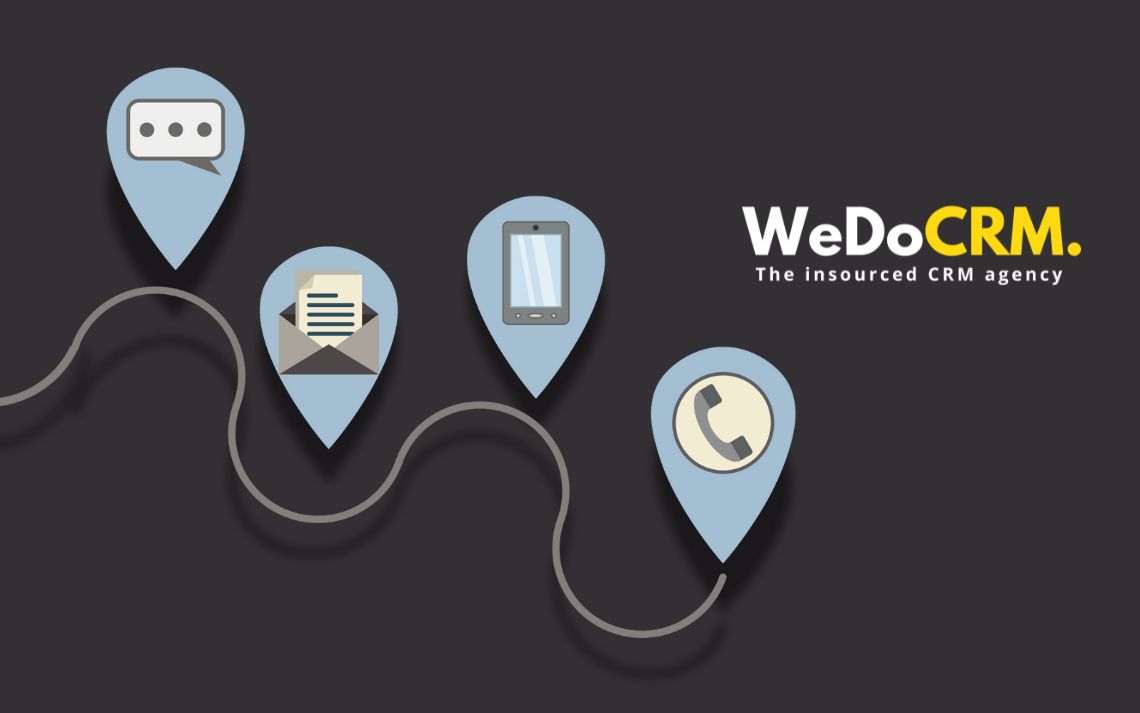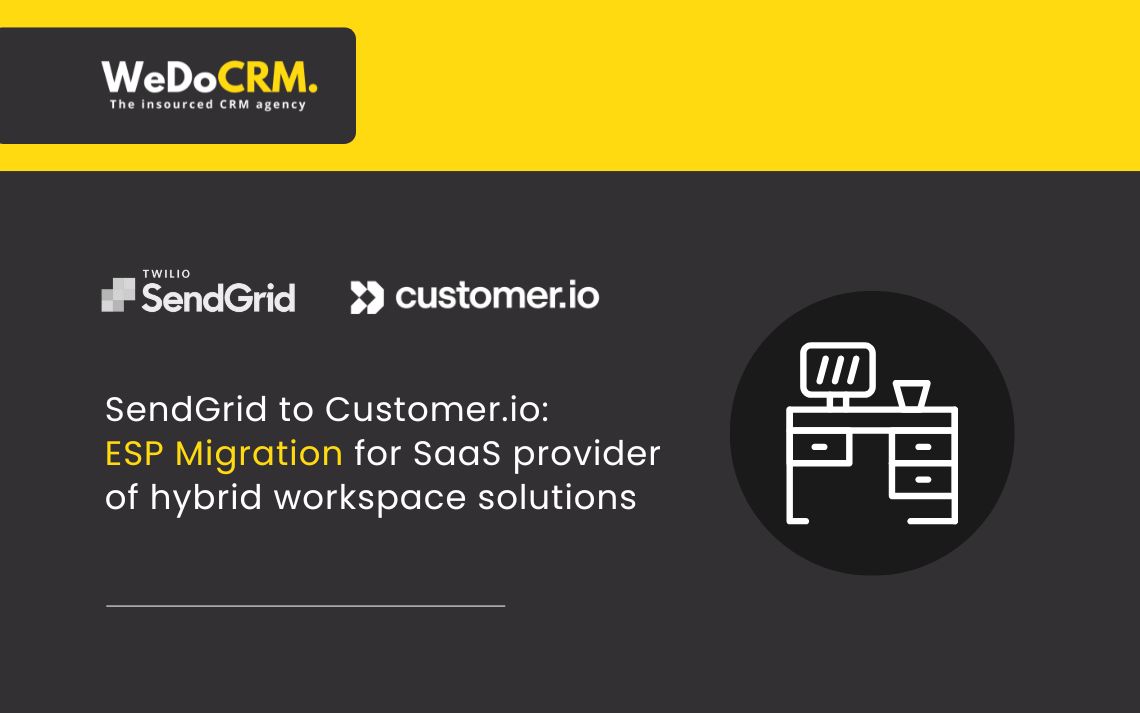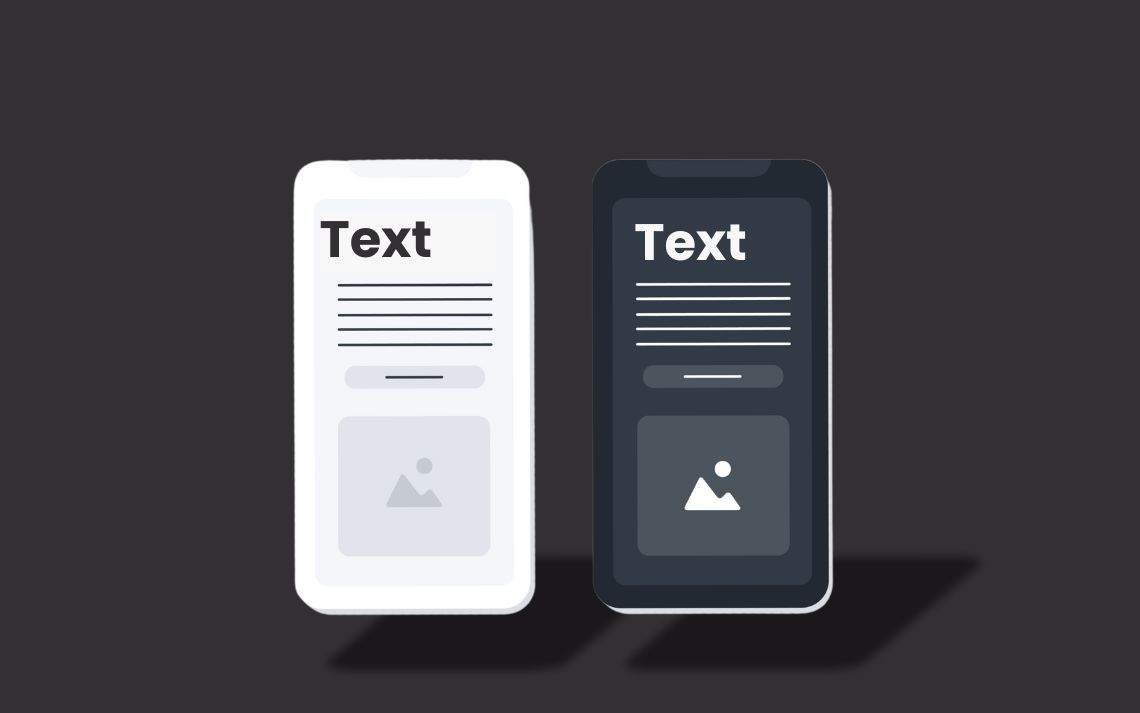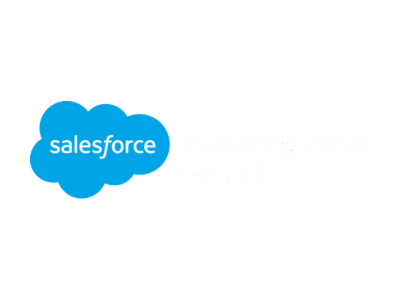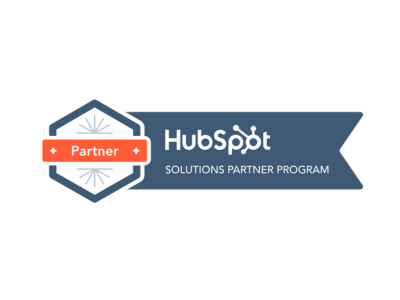Knowing about CRM is one thing. Understanding it’s concepts and terminology is something completely different. There are so many terms, jargons and abbreviations, it can sometimes be a minefield to unpick, which is why we’ve created a handy starter list below.
A
Audit: Inspection or examination of a process or a system presented in an annual report with suggestions for an organisation to make amendments for better processes.
Account: A company or organisation you have a relationship with, which may have multiple contacts.
Automation: Using technology to do processes and tasks to achieve outcomes with little human input.
Analytics: Provides deeper insights to help your business make better decisions. Customer analytics includes trends and behaviours. Sales analytics covers the pipeline, wins and losses, plus financial data. CRM analytics can be used for plans with segmentation and marketing campaigns.
API (Application Programming Interface): A set of protocols and tools for programs to communicate with each other. For example, this can be between a CRM application and another software program.
B
B2B (Business-to-Business): Refers to a company that sells its products or services to other businesses. An example of B2B would be between a wholesaler and a retailer.
B2C (Business-to-Customer): Refers to a company that sells its products or services to individual customers. Popular B2C companies include Amazon, eBay, Meta and Netflix.
C
CRM (Customer Relationship Management): A strategy and technology for managing a company’s relationships and interactions with potential and current customers.
CDP: A Customer Data Platform (CDP) is software that combines data from multiple tools to create a single centralised customer database containing data on all touch points and interactions with your product or service.
CRM Strategy: A service we offer. To be truly strategic, you must understand what your data tells you. Only then will you be able to identify trends and areas of opportunity to increase revenue from your database.
Certified Agency Partner: That’s what we are! We are certified partners with a select group of CRM platforms and ESPs. We have the experience and expertise to work within any system you have or choose.
Campaign: A coordinated series of marketing activities to achieve a specific goal such as an advertising campaign on television and internet adverts that convince customers to buy products.
Customer Lifecycle: The stages a customer goes through from initial awareness to becoming a loyal customer. The stages include reach, acquisition, conversion and retention.
Customer Acquisition Cost (CAC): The cost of acquiring a new customer, including all expenses to move them through the funnel.
Customer Attrition / Churn: The loss of customers by a business. It is when they choose to stop using your product or services. For example, customers who have cancelled their subscriptions. These are important to monitor.
Customer Retention: The rate at which customers stay with a business over a given period, also known as churn rate, this is a key metric for B2B and B2C businesses.
Customer Engagement: The ongoing relationship between a consumer and a company, including interactions beyond purchases, which build loyalty. It involves the four key elements of the marketing mix: product, price, place, and promotion, which a company controls to create its marketing strategy
Customer Journey Map: A diagram illustrating the phases your customers go through when engaging with your products, services, and experiences.
Customer Loyalty: A customer’s likelihood to do repeat business, can be influenced by customer satisfaction, positive experiences, and the overall value received. Loyal customers make it easier for businesses to grow.
Customer Persona: A fictional character that represents the core traits of a large segment of your audience. You get this based on data from user research and web analytics. An example of a customer persona includes a name, occupation information, demographics, a personal story, pain points, and challenges.
Customer Tracking: Methods for business owners to know details about their customers and behaviours, often using CRM software. Track your customers and see what they get up to, this can help towards what decisions you need to make in your next quarter.
Customer Segmentation: Dividing customers into categories based on shared characteristics like demographics or buying behaviours to market more effectively.
Customer Value: A measure of a product or service’s worth compared to alternatives, reflecting how much value the customer feels they received for the price.
CRM Software: A technology tool that helps businesses manage and analyse relationships with existing and potential customers, storing data such as account information, contact logs, customer issues, inquiries, and purchase history throughout the customer lifecycle.
Customer Experience (CX): The perception a customer gets while engaging with a company, its people, brand, or assets, including interactions with employees or brand elements like websites and social media.
D
Data Migration: The process of moving data from one system to another.
Data Privacy: A set of principles designed to protect personal information and ensure its proper handling in compliance with international data security regulations, laws, and guidelines.
Data Protection: CRM software must include features to safeguard sensitive data, such as encryption, built-in malware protection, and two-step authentication.
D2C: (Direct-to-consumer) is a type of business-to-consumer (B2C) retail sales strategy where a business will build, market, sell and ship a product directly to the customer.
E
ESP (Email Service Provider): Software that allows you to send email campaigns or bulk emails to a list of subscribers. An example of an ESP is MailChimp.
Email Marketing: Sending commercial messages to groups of people through email. This includes adverts, business requests, sales etc. Using email marketing best practice to unlock the value of your customer database. WeDoCRM supports businesses all over the world with their CRM operations to drive an ROI from marketing and sales.
Email Development: The process of constructing an email, which includes body text, images, and design layout. This includes the latest HTML, CSS and Javascript code to ensure the email remains agile in data size and clean in regards to backend code structure to pass spam filters and deliver successfully to the recipient’s inbox.
Evergreen system stacks: A set of regularly updated software tools and technologies to stay current and effective, including operating systems, programming languages, and databases. Our approach to MarTech development isn’t just about building and connecting systems, but the processes that govern them to ensure smooth operations across all aspects of your organisation.
G
GDPR: The Data Protection Act 2018 is the UK’s implementation of the General Data Protection Regulation (GDPR). Everyone responsible for using personal data has to follow strict rules called ‘data protection principles’.
H
HTML: The standard markup language for creating Web pages. It is the structure of a webpage with a series of elements.
I
Integration: Bringing things together. For example, connecting your CRM and third-party applications. Integrations are a result of eliminating the need to go back and forth between systems.
Implementation: Setting up CRM software to collect data that your team in sales and marketing can use to improve sales. For example, you can implement a CRM strategy, and spot opportunities to grow the business.
L
Lead Management: In CRM it is the process of moving leads through the sales funnel to reach the goal of converting them into new business.
M
Migration: Also known as CRM migration or Data migration, it refers to moving or transferring your data from your current CRM software to another platform.
Martech: It is also known as Marketing Technology. It is a range of software that assists in achieving marketing goals. By grouping marketing technologies together, this is known as their marketing technology stack. Expert development for the implementation and optimisation of modern MarTech stacks that drive powerful operations.
Machine Learning: How a computer system develops its intelligence.
Multi-channel marketing: The use of several media channels to spread marketing messages. This can be email, social media, print, television etc.
O
Optimisation: A way to make the best use of a situation or resource. After auditing WeDoCRM will put a strategy in place to make sure you are optimising your CRM platform to the best of its use.
R
ROI: Short of return on investment. A financial term that is commonly used and calculated by dividing the profit earned on an investment by the cost of that investment.
S
Segmentation: is the process of dividing a customer database into smaller groups based on similar characteristics, such as demographics, purchase history, or location.
T
Tech Stack: Also known as technology stack. A tech stack is a group of technology tools that help businesses operate efficiently.
U
User experience: Also known as UX – is all about the user experience with the company, services and products. For example, if a customer finds the buying experience too long, or if your website is overloaded and takes too long to load, is complex and complicated then the UX will be bad.
Why Understanding CRM Terminology Matters
Knowing these terms can help you better understand your CRM platform’s features, communicate with your team more effectively, and make informed decisions about improving customer interactions.
Still feeling unsure about CRM terminology or want to learn more about CRM? Well, WeDoCRM – it’s what we do! Whether you need a quick explanation or a full consultation, our team is ready to guide you through it. Reach out today – let’s talk CRM and how it can work for you!



